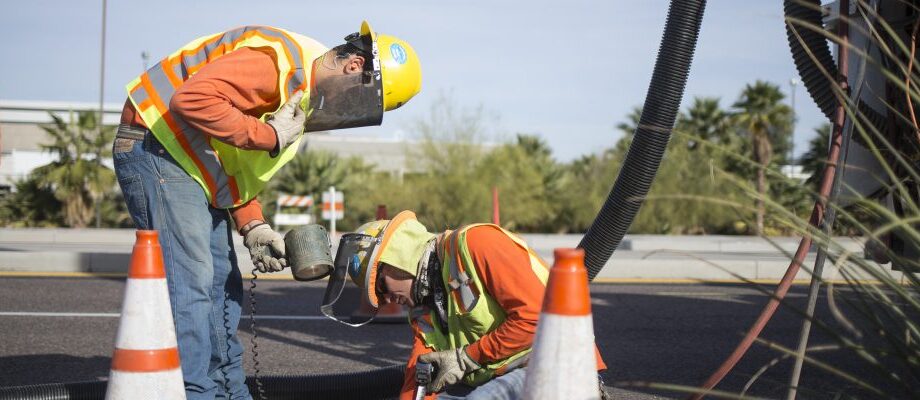Ground Penetrating Radar (GPR)
Ground Penetrating Radar (GPR) is a non-destructive technique that uses electromagnetic pulses to map subsurface structures. It’s invaluable for detecting and locating utilities like pipes and cables. A quality GPR system can provide real-time images of the underground environment, helping you identify the depth and location of utilities with precision.
Hydro Excavation Equipment
Hydro excavation combines high-pressure water with a vacuum system to safely expose underground utilities. This method is ideal for digging around delicate or high-risk areas, minimizing the risk of damage. Hydro excavation is especially useful in urban environments where utilities are densely packed.
Utility Locators
Utility locators are devices designed to detect and trace the paths of underground utilities. They use electromagnetic fields to locate buried cables and pipes. Advanced models offer GPS integration for precise mapping and documentation. Accurate utility locators ensure you don’t miss any hidden utilities during potholing.
Hand Tools
While modern equipment is crucial, hand tools are still important for potholing. Shovels, trowels, and digging bars are used to manually expose utilities once they’ve been detected. High-quality hand tools are necessary for finishing tasks and providing detailed access to utilities for inspection.
Safety Gear
Safety cannot be overlooked during potholing. Essential safety gear includes helmets, gloves, and protective eyewear. Safety vests and boots are also crucial to ensure visibility and protection in various working conditions. Proper safety gear helps prevent accidents and ensures a safer working environment.
Data Logging Software
Data logging software is used to record and analyze the information gathered during potholing. It helps create detailed reports and maps of the utility locations. This software integrates with GPR and utility locators to provide comprehensive data for analysis and future reference.
Excavation Equipment
For larger potholing projects, excavation equipment such as mini-excavators or backhoes may be necessary. These machines help dig larger areas more efficiently, especially in projects requiring extensive subsurface exploration. Choose equipment that suits the scale and complexity of your potholing needs.


